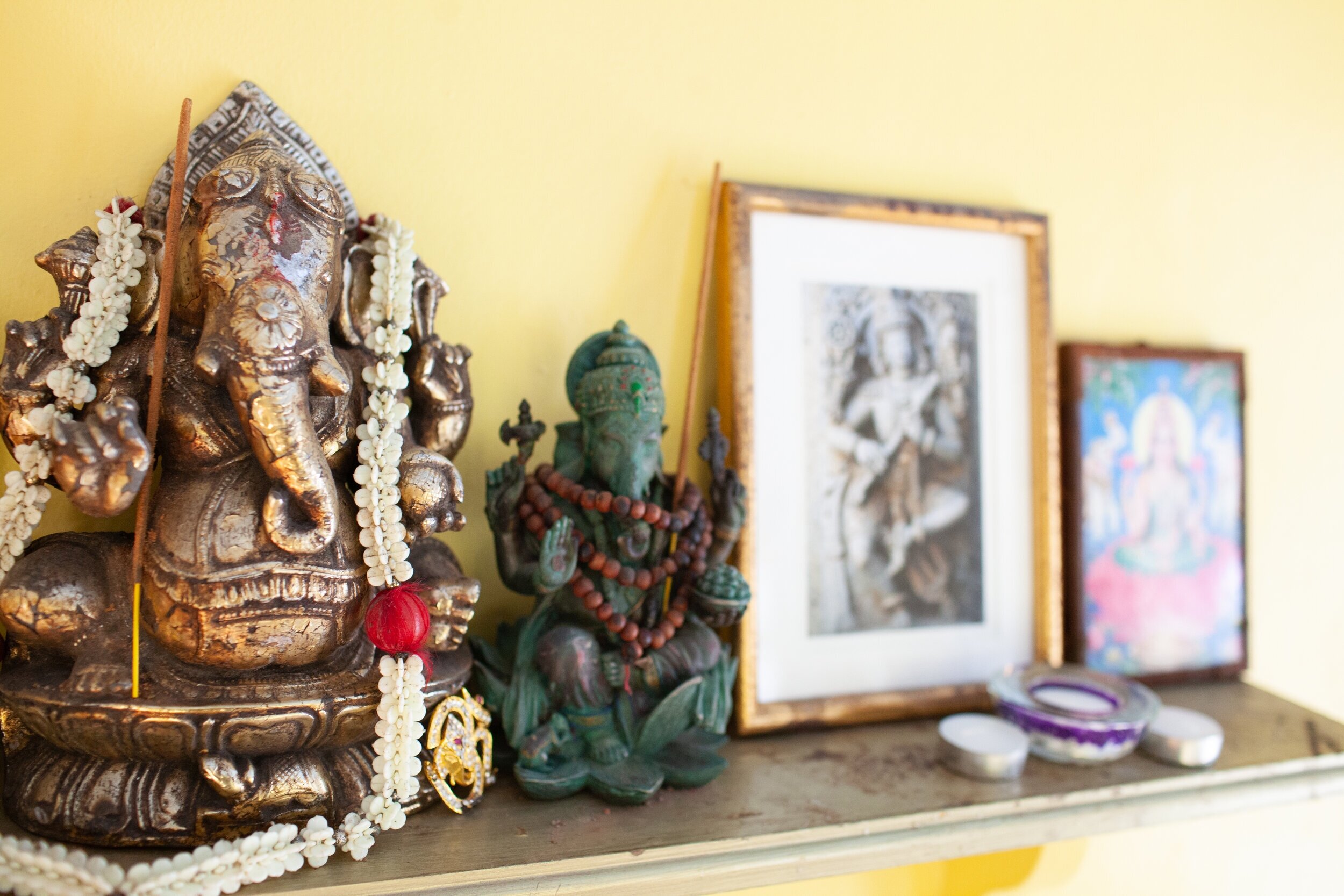
Blog
June Gītā: 7.21
You find this famous quote from the Bhagavad Gita on posters in many cafes and shops in India…
May Gītā: 16.1-3
Chapter 16 attempts to characterise our potential nature as good or bad, divine or demonic...
April Gītā: 18.5
This verse from the last chapter of the Bhagavad Gita clears up a question of Arjuna’s: if we’re to remain detached what about sacrifice, charity and austerity...
February Gītā: 9.22
Here Krishna is saying that by devoting ourselves to him he will support all our needs…
January Gītā: 4.22
Body, mind and soul are elements which many would use to explain what it is to be a human. This sloka spotlights the soul.
November Gītā: 5.10
In this verse we return to a central theme of the Bhagavad Gita: that for most of us – required to act in the world even when we’d rather run for the hills – renunciation through selfless action is the more effective path to yoga.
October Gītā: 16.1-3
In the first 3 slokas of the chapter, Krishna describes qualities possessed by those with a divine nature…
ॐ
वक्रतुण्ड महाकाय सूर्यकोटि समप्रभ ।
निर्विघ्नं कुरु मे देव सर्वकार्येषु सर्व्दा ॥
Oṃ vakra-tuṇḍa mahā-kāya sūrya-koṭi sama-prabha |
nirvighnaṃ kuru me deva sarva-karyeṣu sarva-dā ||
O Gaṇeśa, god with the curved trunk, of great stature,
Whose brilliance is equal to ten million suns.
Grant me freedom from obstacles,
In all things, at all times.”
Gaṇeśa Mantra
Translated by Zoë Slatoff
Click to go to our ‘more about yoga’ page for opening and closing astanga chants, poems, quotes and to learn a little bit more about yoga,..


